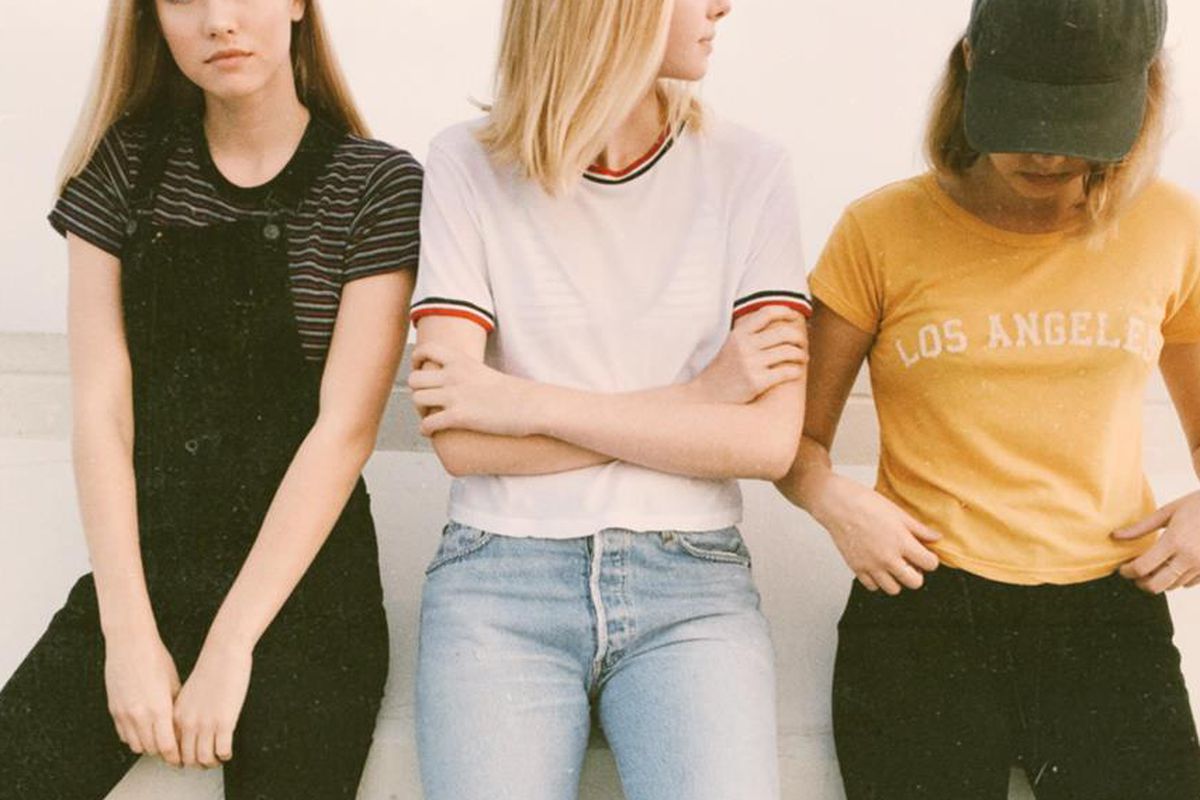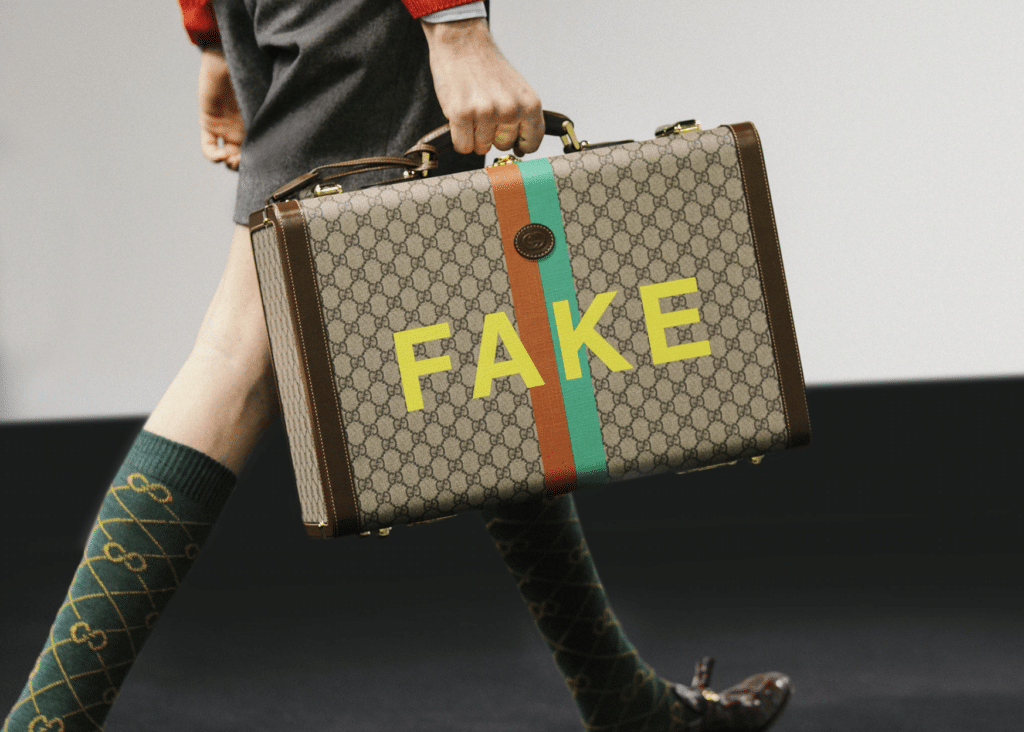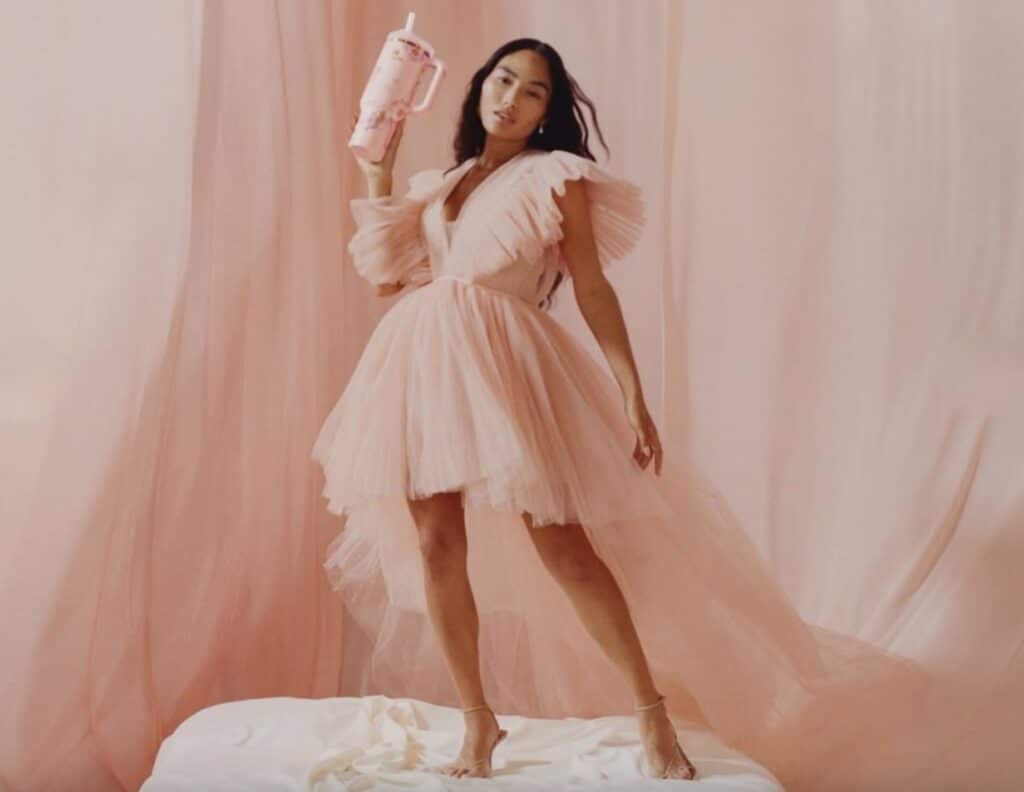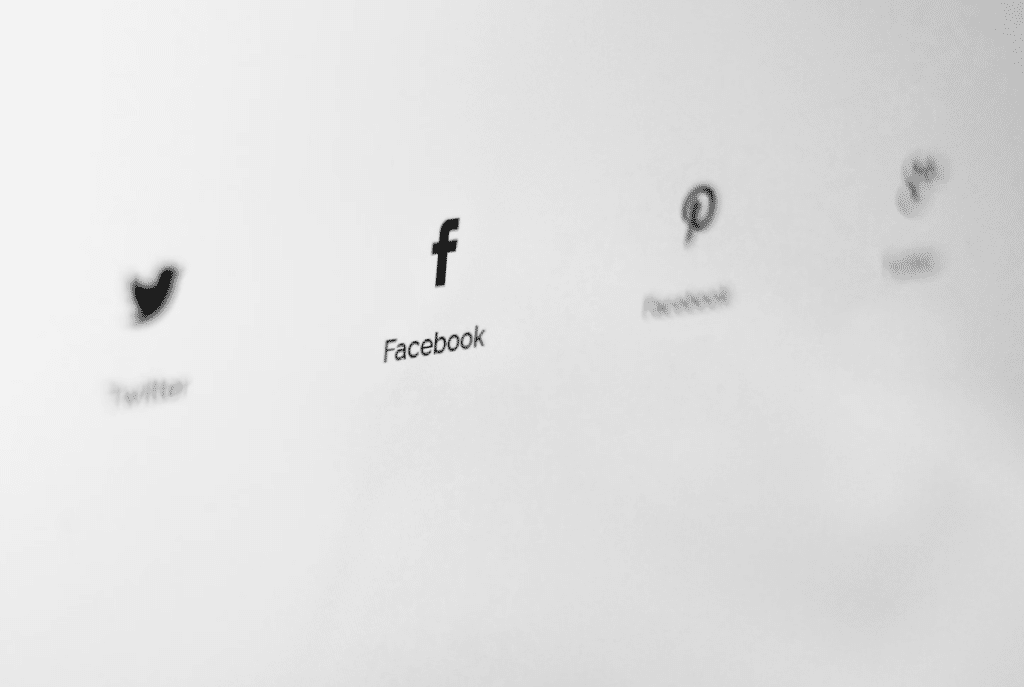
image: Brandy Melville
The future of fashion is on Instagram. With that in mind, Revolve’s 13-plus in-house brands are being proffered as blueprints for success with their inherently trend-driven, affordably-priced garments and indisputably buzzy Instagram followings. Gucci, which has also been hailed recently for breaking the code of the millennial, managed to put forth products that resonate with this powerful consumer demographic thanks to the help of “shadow committee” of individuals under the age of 30, who arm Gucci CEO Marco Bizzarri with perspectives that tend to differ from those of his fellow Gucci executive cohorts.
Social media-centric marketing strategies and advisory groups made up of your target consumer? These are things that Brandy Melville has been banking on for almost 10 years. Yes, before brands were being labeled as “Instagram brands” in a testament to their ability to engage and monetize the hordes of young consumers scrolling through the social media app, Brandy Melville effectively “nailed marketing to its target customer,” as Business Insider so aptly worded it two years ago, by way of “a brilliant Instagram account.”
The rather under-the-radar brand – which got its start in Italy over 20 years ago under the watch of father and son team, Silvio and Stephen Marsan – set up shop in the U.S. in 2009 by way of a brick-and-mortar store just a block from the UCLA campus. Since then, Brandy Melville’s “place in the broader fashion landscape has remained deliberately low-profile,” according to the FT. The brand routinely shies from traditional ad campaigns, shuns bold store signage, and intentionally keeps its store numbers low.
It has, nonetheless, built a sizable online business, and based on analysts’ projections from 2014, the privately held company is likely to bring in about $300 million in 2018.
Labeled by Bloomberg as “Instagram’s First Retail Success,” Brandy Melville has relied entirely on social media marketing from the outset. In lieu of traditional ad campaigns complete with heavily made-up and skillfully styled models on high fashion-looking sets, Brandy Melville’s photos depict something far more candid and aimed at authenticity. The imagery – which features skinny young things, most of whom are blonde and the majority of whom are white – has a breezy snapshot-like quality to it.
The girls in its photos are a mix of brand ambassadors, professional models, and girls from the “Product Research” department, or in other words, the crew of millennials than the brand enlists to consult, more or less, on its products.
Kjerstin Skorge, a 16-year-old from Malibu, who is part of the team, told Racked several years ago: “Product research is made up of all teenage girls. There’s about 20 of us. Let’s say there’s a cut of a T-shirt that’s doing really well, they’ll ask our opinion on it. Do we like it? Should we make more? If so, what colors? Should we do long-sleeve? Short-sleeve? Cropped? Not cropped? Would this T-shirt be better in this material? There’s all kinds of things that we get asked, and we give our honest opinion.”
Skorge elaborated, saying, “We also come up with ideas and images that we think would sell well. It’s fun because we just come up with cool things that we like and then put them on a T-shirt. For the Instagram, the marketing team will send us out with clothes and have us take pictures with a photographer and then they’ll decide what to post.”
This “collegiate, sunny, cornfed” appeal that is Brandy Melville has spawned a cult of cool that spans from the East Coast and Hawaii to Germany, London, Stockholm, Amsterdam, Zurich, Paris, and Barcelona, where the brand maintains brick-and-mortar outposts as part of its relatively small retail network. More importantly, though, is its global Instagram following, which tops 5.9 million, none of whom seem to be too bothered by the “one size fits most” tags that adorn the retailer’s wares.











